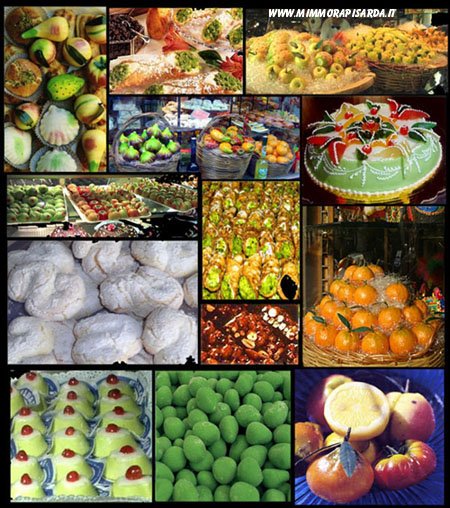
Where: Villa Romana del Casale
Piazza Armerina (Enna)
Piazza Armerina (Enna)
Restoration estimated time : Two years (expected to finish, early 2010)
There is a Restoration Alert on what experts credit as the most well preserved Roman Villa of its type, Villa Romana del Casale in Piazza Armerina, dating back 330 AD. The Villa Romana del Casale is world famous for its well preserved and evocatively beautiful mosaics that decorate the floors and walls of this grand villa. The mosaics were developed by master craftsmen of the time and provide the viewer a snapshot of life as a noble in Sicily during this period. It is a mystery as to who originally owned the Villa but such is the size and sheer beauty and craftsmanship that we are lead to believe that it was built for someone of Roman Senatorial class, some even speculate that it was a possession of the Imperial family, or the Emperor himself.
In 1997, the Villa Romana del Casale became a UNESCO World Heritage site where it's mosaics were declared as "the finest in situ in the Roman world".
In 1997, the Villa Romana del Casale became a UNESCO World Heritage site where it's mosaics were declared as "the finest in situ in the Roman world".
The Villa Romana del Casale was constructed on the remains of an older villa in the early part of the fourth century, probably as the centre of a huge latifundium covering the entire surrounding area. How long the villa kept this role is not known, maybe for less that 150 years, but the complex remained inhabited and a village grew around it, named Platia, derived from palatium. It was damaged, maybe destroyed during the domination of the Vandals and the Visigoths, but the buildings remained in use, at least in part, during the Byzantine and Arab period. The site was finally abandoned for good when a landslide covered the villa in the 12th century CE, and remaining inhabitants moved to the current location of Piazza Armerina.
While parts of the building are still open to the public, restoration work is happening on the best section of the house containing two of the most popular rooms, the Great Hunting Room (which depicts the hunting and capture of wild animals in North Africa for transportation to Sicily) and the Room of the Ten Maidens (depicting incredibly well preserved mosaics of what appears to be the first ever pictorial recording of the bikini swimming costume).

A visit is only recommended for the most enthusiastic traveller but with the knowledge that only a small selection of the mosaics and the Villa is open to the public.
On the bright side, entry costs are only 3 euro during Restoration period or free during Sicilian Culture Week, 30 March to 7 April 2008.
For a great 3D tour, go to here.
While parts of the building are still open to the public, restoration work is happening on the best section of the house containing two of the most popular rooms, the Great Hunting Room (which depicts the hunting and capture of wild animals in North Africa for transportation to Sicily) and the Room of the Ten Maidens (depicting incredibly well preserved mosaics of what appears to be the first ever pictorial recording of the bikini swimming costume).

A visit is only recommended for the most enthusiastic traveller but with the knowledge that only a small selection of the mosaics and the Villa is open to the public.
On the bright side, entry costs are only 3 euro during Restoration period or free during Sicilian Culture Week, 30 March to 7 April 2008.
For a great 3D tour, go to here.







